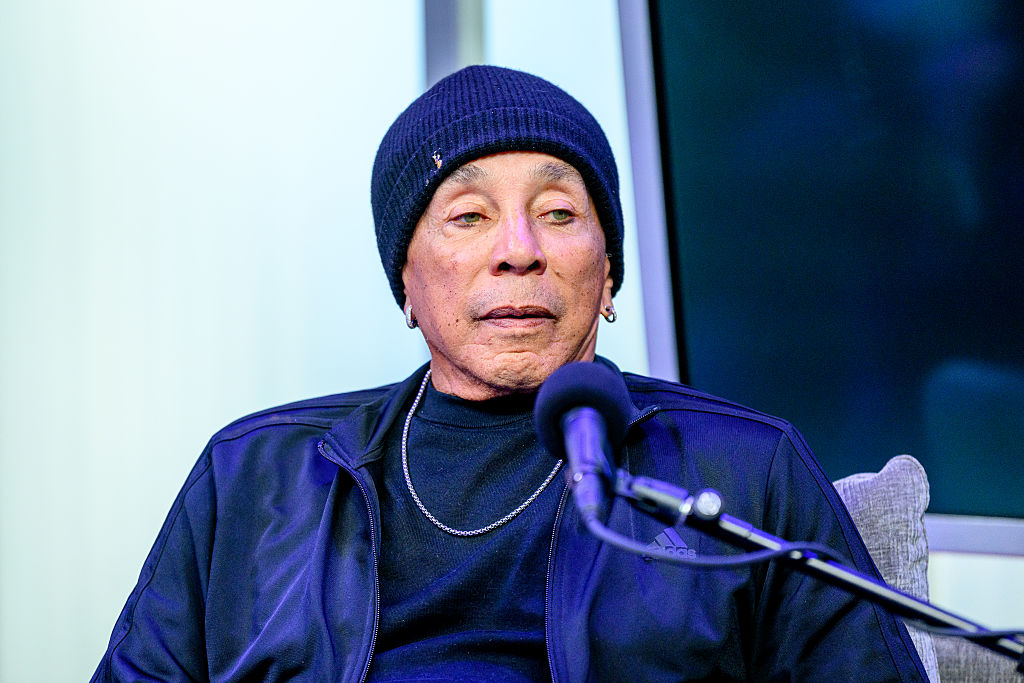Little Known Black History Fact: Griggs Vs. Duke Power
Workplace discrimination was rampant during the height of the Civil Rights Movement. Despite some advances it remains an issue for people of color. A Supreme Court ruling, argued by the NAACP’s Legal Defens Fund in 1971, is one of the legal actions that helped alleviate workplace racism.
In the town of Draper, N.C., the Duke Power Company’s Dan River Steam Station employed white and Black workers from the area. The case against Duke Power developed when it was learned that Blacks were relegated to menial labor jobs while white workers enjoyed higher paying skilled jobs. This disparity in payment and opportunity was addressed after the passing of the Civil Rights Act of 1964.
LIKE US ON FACEBOOK. FOLLOW US ON INSTAGRAM & TWITTER. SUBSCRIBE TO OUR YOUTUBE.
Although Duke reluctantly went along with the new legislation they tried to get around it in a covert way. In order for Blacks to obtain the higher-paying positions, they were required to either have a high school diploma or pass an IQ test, though white workers did not have to do the same.
The NAACP caught wind of the happenings at Duke and assembled its Legal Defense Fund to build a case against the company. The LDF represented 13 workers in the Supreme Court case which was argued on December 14, 1970.
Sign Up For Our Newsletter!
Black workers failed the tests at high rates but Duke’s legal team couldn’t establish the necessity of the tests for the jobs sought. Jack Greenberg, who took Thurgood Marshall’s place as President and Director-Counsel of the LDF, was the lead attorney on behalf of the workers. Julius Chambers, who would eventually take Greenberg’s place, was also part of the legal team.
On March 8, 1971, the Supreme Court ruled against Duke Power. Chief Justice Burger delivered the opinion in the ruling and essentially noted that company’s testing practices excluded African-Americans and other minorities. Additionally, Duke couldn’t prove why tests would be necessary considering that whites had been performing their jobs well before the imposed restrictions.
Justice Berger famously wrote, “Congress has now provided that tests or criteria for employment or promotion may not provide equality of opportunity merely in the sense of the fabled offer of milk to the stork and the fox.”
Twenty years later, under the leadership of then-President George H.W. Bush, the Civil Rights Act was adjusted. So-called “disparate impact” policies, such as the testing of only Black employees were addressed in greater detail. In sum, disparate impact points at policies and employer practices intended to be neutral but have a negative effect on groups protected under the Civil Rights Act.
Griggs v. Duke Power Co. is believed the first case to address disparate impact.
HEAD BACK TO THE BLACKAMERICAWEB.COM HOMEPAGE











